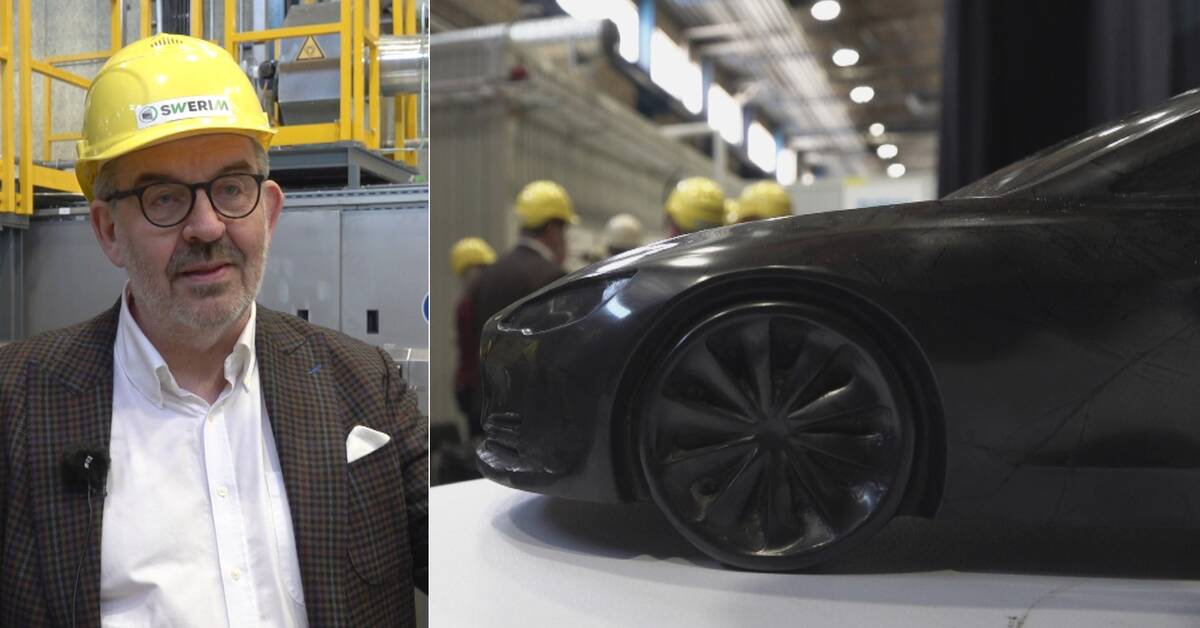Already now the interest from both customers and partners is great.
More than 20 battery and vehicle customers are queuing up to receive their first deliveries of materials for large-scale and commercial testing.
Some tests are done at the pilot plant, where some rooms are super secret and covered with a photo ban.
The graphite to be processed comes from test mines in Vittangi.
Europe is predicted to need 800,000 tonnes
On the podium where the inauguration ceremony was held is a black heavy car made entirely of graphite.
Of course, this is not a large part in reality, but an electric car's battery consists of 40-50 percent graphite.
The conversion to electric vehicle fleet for climate reasons is the driving force and what has made the demand for graphite nodes increased enormously.
Forecasts say that Europe will need 800,000 tonnes of graphite in five years.
The graphite in Vittangi is unique in the world
Graphite can be produced synthetically, from petroleum coke or coal tar.
That production consumes a lot of energy and produces dangerous emissions.
The natural graphite is cleaner.
And the deposit in Vittangi is called world unique by the Talga Group.
- Others are happy if they have five percent graphite, in Vittangi 30 percent, says Per-Erik Lindvall, chairman of the board of Talga.
No permits ready
Neither the graphite mine in Vittangi nor the factory on Hertsön in Luleå are licensed.
Still, the actors talk as if everything is ready.
- The large-scale facility planned for 2024 will be located on the Hertsö field in Luleå.
It will be able to deliver 19,500 tonnes of finished anode material per year.
That is enough for 400,000 electric cars every year, says Talga's European director Martin Phillips.
In the video, the chairman of the board of Talga explains why they open a pilot factory without having the permits ready.

